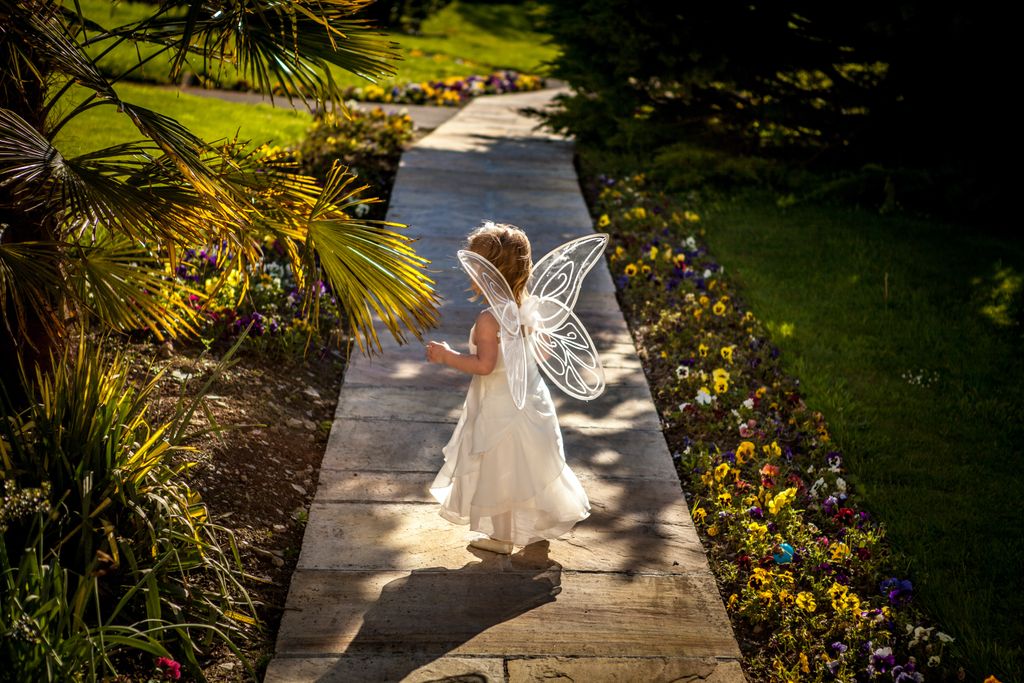
National Tell A Fairy Tale Day
On February 26th, have a happily ever after kind of day. It is National Tell A Fairy Tale Day on National Tell A Fairy Tale Day.
On February 26th, have a happily ever after kind of day. It is National Tell A Fairy Tale Day on National Tell A Fairy Tale Day.
As fairy tales have been published and became popular around the world as oral histories, myths, and legends told around the fire or by traveling storytellers. What were once oral histories, myths, and legends retold around the fire or by traveling storytellers?
Fairy tales have their sources from fairy tales' origins
Fairy Tales' origins Most fairy tales would fall short of today's requirements. They told unintellly stories and were likely to be rated as inappropriate for children. The time is much like ghost stories around a campfire today, with fairy tales told in such rich detail to make children behave, teach a lesson, or pass the time.
Many of the stories have some truth to them. Some believe Margarete von Waldeck, the daughter of the 16th century Count of Waldeck, inspired Snow White and the Seven Dwarfs. Count of Waldeck, for example. Mining in the area where the family lived in Germany was known for mining. Tunnels were so crowded that they had to use children – or small people such as dwarfs – to work the mines.
Margarete's beauty is well documented, and her stepmother sent her away, and her stepmother sent her away. Margarete also fell in love with a prince but died before she could have her happily ever after.
With fictional characters like fairies, giants, mermaids, and gnomes, as the stories progressed, they took on a more magical quality, as well as gruesome story plots.
Toes cut off to fit into a slipper, a wooden boy killing his cricket, or, rather than kissing the frog prince his head must be cut off, but those are the unrated versions.
One of the stories they collected is Rumpelstiltskin. Many other versions exist, and the little guy had many different names around Europe, and he was described as many assorted characters. Rumplestiltskin's history is difficult for historians to recognize him from Trit-a-trot in Ireland to Whuppity Stoorie in Scotland.
Although some storytellers have a long and often ancient history, such as Aesop (The Fox and the Grasshopper, The Ant and the Grasshopper), some are more recent, such as the Grimm brothers.
Among the Princess and the Pea, The Ugly Duckling, The Little Mermaid, and many more were written versions by Hans Christian Andersen. First published in 1829, Hans Christian Andersen brought us written versions of the Princess and the Pea, The Ugly Duckling, The Little Mermaid, and many more. Andersen's tales are sweet and warm, with a darker cast and unmistakably written with adults in mind. Where Grimm's tales could take on a darker cast and unmistakably written with adults in mind.
#tellafairytaleday is a fictional tale about a fairytaleday that is not widely followed by the public
To tell a fairy tale or two, National Tell A Fairy Tale Day invites you to share a fairy tale or two. If you believe you don't have a fair tale to tell, you may be incorrect. You may be wrong. We've only spoken to a few people in our day, so we have a few tips to share with you.
- Engage your audience. Children love to participate.. Have them quack every time you mention the Ugly Duckling or make the steps of escalating Jack's beanstalk
- Use repetition. Repeated stanzas, syllables, or movements will keep the children interested. It not only helps them remember the tale but it also prepares them for the next round of the repeated word or stanza.
- Give your characters a voice. There is no one who likes a monotone storyteller. Buehler, Buehler, Buehler, Buehler, Buehler. No, not even children are keen on the monotone.. Depending on your choice, varying your voice for each character and inflecting excitement, sadness, and apprehension will spark drama and ignite the imaginations of the young minds listening to you
- As you go, ask questions as you go. It's an excellent way to keep your story flowing and to assess the children's listening skills
- Find out if someone has a tale of their own You may be in the presence of a master storyteller!
With colleagues and family, please share your favorite fairy tale. Try relating them from memory as this has long been a tradition. For story time, visit a library or local bookstore. On social media, use the hashtag #TellAFairyTaleDay to post.
In addition to 5 World-Favorite Fairy Tales and the Stories Behind them, you will also learn more about your favorite fairy tales.
History of a fairy tale day in the United States
National Tell A Fairy Tale Day's creator or source were unable to find the maker or the source of National Tell A Fairy Tale Day within our scope.
Fairy tale FAQ
Q. What is the point of a fairy tale? Fairy tales serve many purposes, but one of the main reasons for fairy tales is to teach a lesson. The moral is straightforward by the end of the story.
What are some of the morals fairy tales teach?
A. Fairy stories often have moral questions for the characters to solve. Fairy stories often have moral questions for the characters to solve. Any of them may be related to: Some of them may be about:
- truth vs lies
- who to trust
- Inner vs. outer appearance beauty vs. outer beauty. vs. outer appearance
- people vs things
- keeping a commitment



